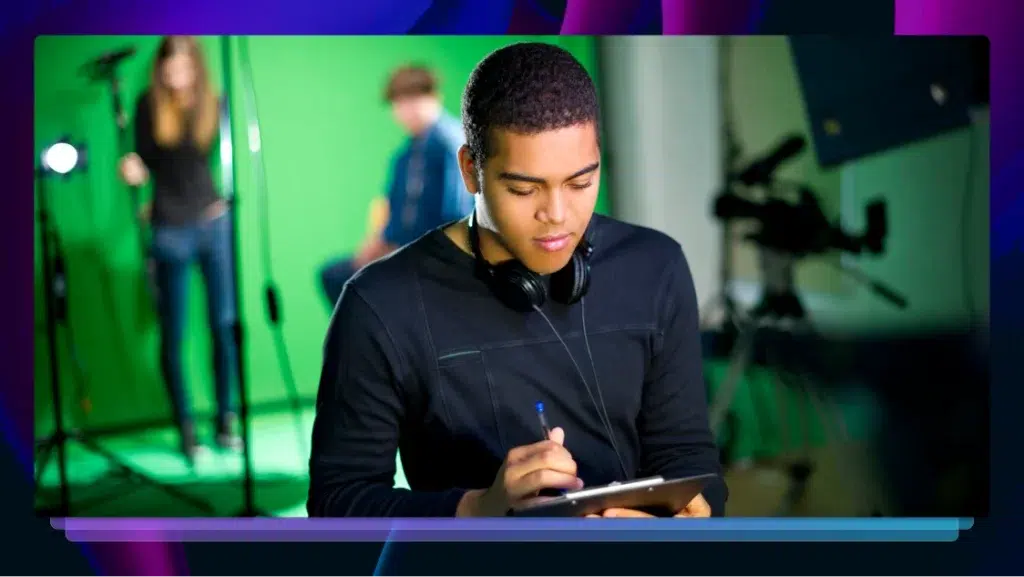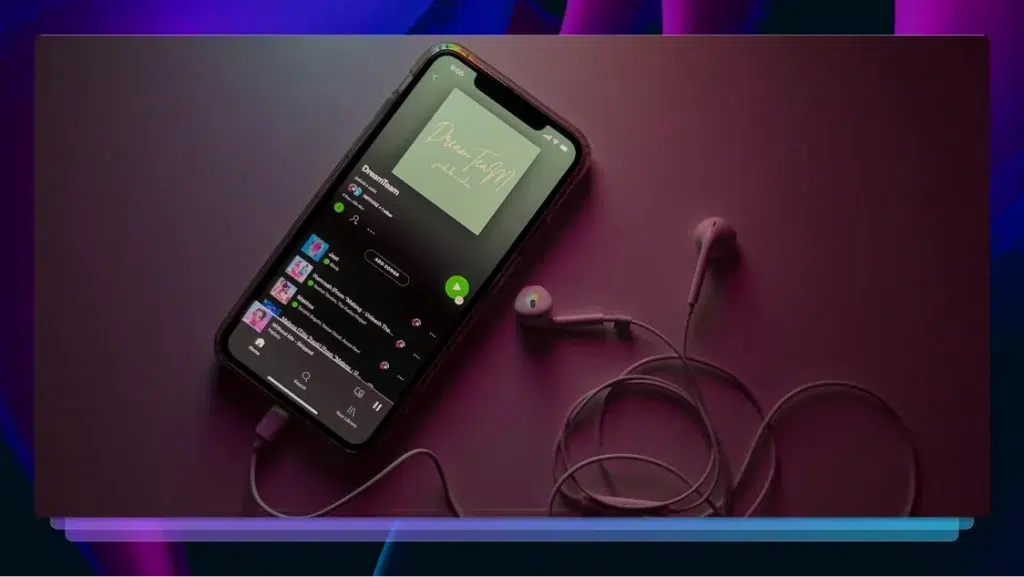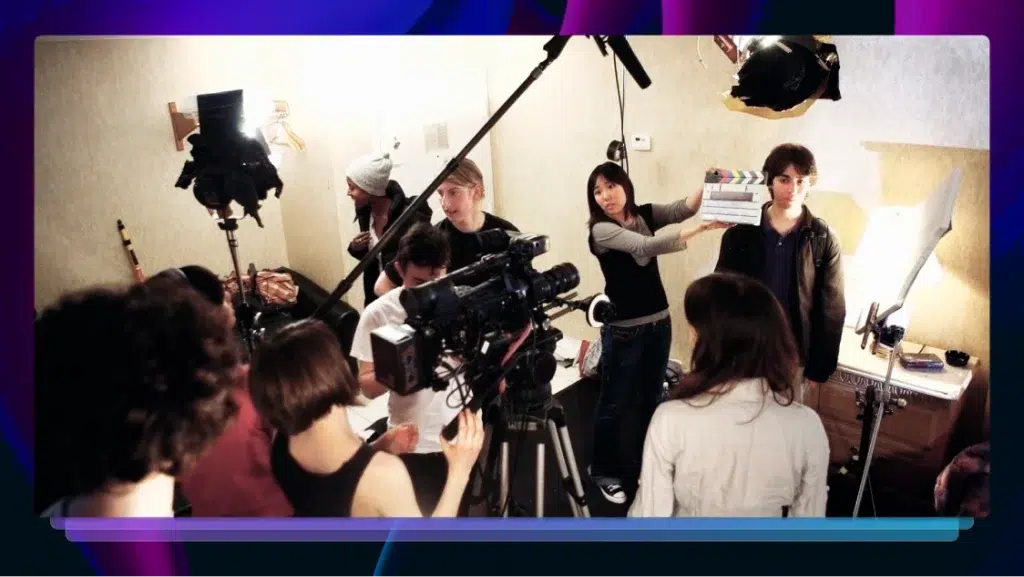How to Transcribe a Focus Group Discussion and Data Better & Faster
If you want to make the most of your qualitative research, you need to transcribe a focus group discussion the right way. Here's how.

Every year, global businesses spend billions of dollars on focus groups. More than $800 million of this is spent in the United States alone. While these strategic and helpful research surveys can aid you in learning about your clients, transcribing focus group data can be expensive and time-consuming to handle on your own. A group discussion helps your clients clarify how they feel about something. A written survey assumes they can simply tell you how they feel. In a group environment, your clients can bounce ideas off of each other and form an opinion.
Transcribing a focus group is challenging as these recorded conversations are different than a standard interview or basic audio file. There is often background noise, quiet conversations, and non-verbal cues to complicate the situation. If you want to make the most of your qualitative research, you need to transcribe a focus group discussion the right way.
Order a Focus Group Transcript
How to Transcribe a Focus Group Discussion
The painstaking process of transcribing a focus group discussion begins with making audio or video recordings. Then, you have to use the following steps to make an accurate transcript:
- Transcribe the conversation verbatim
- Identify speakers
- Consider confidentiality
- Don’t edit natural speech
- Add timestamps
- Proofread the completed transcript
1. Make a Verbatim Transcript
The first step is to get everything in writing with a verbatim transcript. This can be strictly word-for-word or verbatim without the filler. The style you choose depends on whether you want to study participant interaction as well as what they say. Strictly verbatim transcripts involve writing out the background noises, fillers, and non-verbal communication. If you plan on looking at non-verbal interactions, this is how you should start transcribing focus group data. A more intelligent, less exact style involves filtering out anything other than the actual words your participants say.
2. Identify Speakers From the Audio File
You have to know who says something to make the most of your qualitative data. Depending on the size of the focus group discussions, you can use simple labels like “male,” “female,” or “moderator.” For larger groups, you will need to use names or other identifiers like letters for each person.
3. Consider Confidentiality in Your Market Research
When creating the transcript, it’s a good idea to replace any names with participant numbers. One of the best practices for running a focus group is to give participants anonymity to speak their minds. You can use identifiers like “Speaker A” instead.
4. Don’t Edit Natural Speech and Group Discussions
While you’ll want to clean up a mispronounced word or expletive, it’s often better to leave everything alone as much as possible. Sometimes, you may be uncertain about how accurate a participant’s statement is. In these cases, you can put the statement within square brackets and add a timestamp for later verification.
5. Start Timestamping
Timestamping makes your life simpler as it allows you to easily listen to the audio file again. Professional transcription services add timestamping frequently to make it easier to find specific sections within the audio. If something doesn’t make sense after transcribing focus group data, you can easily locate it using the timestamp for further review.
6. Proofread the Focus Group Transcription
Even though your participants can speak incorrectly, you need to transcribe their statements as accurately as possible. Proofreading your transcript is the final step in learning how to transcribe a focus group discussion accurately. In general, you will need at least two rounds of reviewing the transcription for reliable and trusted quality control.
The entire process of transcribing a focus group discussion takes a significant amount of time and effort. Unless you have created a focus group transcription before, it will be easier to submit a transcript instead. With reliable transcription services, you can get a fast transcript without all of the hassles.
Order a Focus Group Transcript
How Long Does It Take to Transcribe a Focus Group?
The time it takes to transcribe market research depends on what you’re transcribing and the length of the audio file. Even for professionals, one hour of audio content often requires at least four hours of transcribing work for it to be accomplished correctly. Before you do the transcription yourself, you need to ask yourself, “How long does it take to transcribe a focus group?” Unlike clear audio files, a focus group typically has unclear audio, filler words, and background noise.
This means it can take much longer for you to transcribe on your own, taking away from other tasks that may require your attention. Focus groups can also suffer from audio quality issues, as participants will frequently talk over each other during the session. This makes it even harder to collect qualitative data from the discussion and only adds to the amount of time spent transcribing the focus group audio.
Ways to Speed Up Your Transcribing Process
Unless you are experienced with transcribing focus group data, you’ll typically spend more than four minutes transcribing each minute of audio. This can be even longer as you have to pause, stop, and rewind the audio to catch something you may have previously missed. There are several things you can do to reduce the time it takes you to finish the focus group transcription:
- Invest in noise-canceling headphones: Headphones make it easier to hear the transcription. For challenging audio, they help tune out the rest of the world, so you can stay focused on the content.
- Use a foot pedal: There are foot pedals you can use for transcription work. These pedals control your audio playback, so you don’t have to use hotkeys that take your hands away from the process of typing.
- Buy better recording equipment: If you want to save yourself time, one of the best things you can do is buy better equipment. High-quality audio recording devices will give you audio with less background noise and more clarity for easier listening and transcribing.
- Get transcription software: To save time, invest in professional transcription software. It will reduce the time you spend tabbing between windows.
- Hire a professional transcription team: There’s no need to waste your time or your employees’ time struggling to translate an audio file into a written document. A dependable transcription company takes this stressful task off your plate. The typical focus group costs upwards of $6,000 for a 90-minute session. If your company plans on investing thousands of dollars on this high-level research strategy, why not hire a professional crew to make sure you get all of the data quickly and correctly?
How You Can Transcribe Focus Group Discussions
Transcribing focus group data is a necessary task for you to understand your research and use for future business development. If you don’t want to hassle with the transcription yourself, hire the professional transcription services offered here at Rev instead. Get in touch with us today with any questions, order requests, or if you’re ready to get started!















